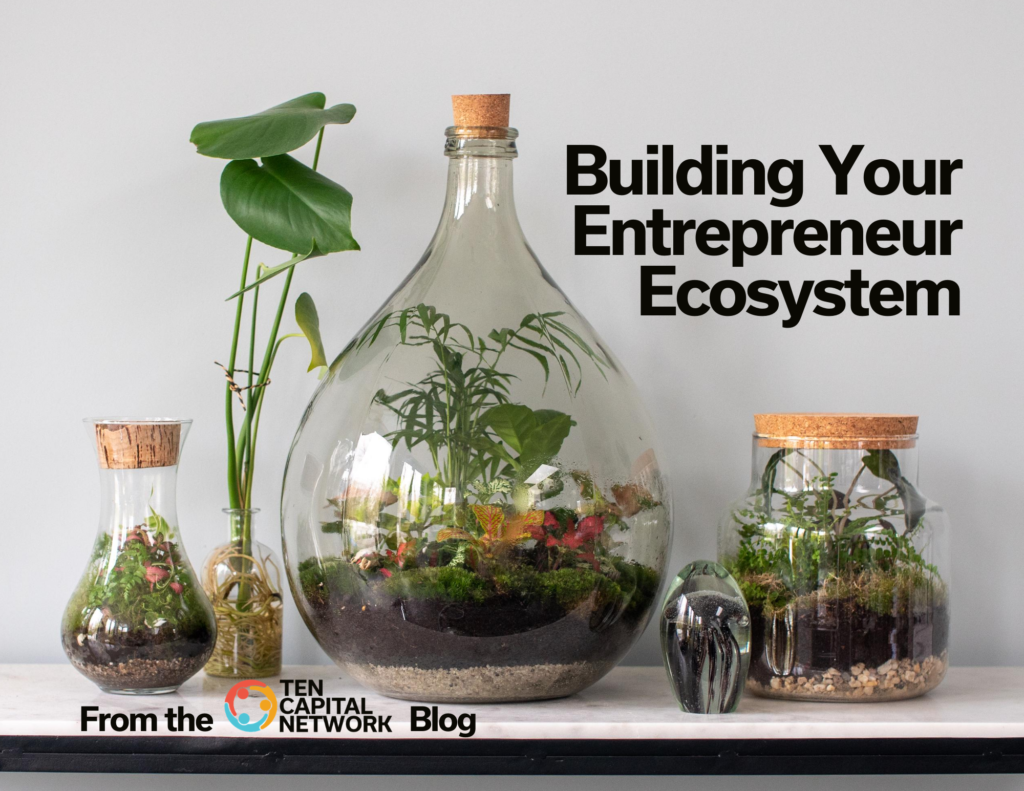2 min read
Building your Entrepreneur Ecosystem
Your Checklist on how to build an Entrepreneur Ecosystem in your Area
Startups need networking, mentoring, and funding. A robust entrepreneur ecosystem fosters connections between the startup and a network of providers, mentors, and investors.
Each type of startup: high-growth, tech, consumer product-related, healthcare, etc., will need a unique set of networks (people to hire and contract), mentorship (people who can guide and coach the startup), and funding (people who can invest in the business).
The following are a series of steps you can take to build a solid Entrepreneur Ecosystem in your area.
Step #1: Map the Startups in Your Area
The first step to growing your startup community is to identify the startups in your area. Start by mapping the location of each company. Then, you’ll want to capture the type of company, location, and stage of growth, categorize them by sector (healthcare, tech, consumer product goods), and then subcategorize by stage (seed, early-stage startup, late-stage startup). Having a solid list will give you a great place to start.
Step #2: Map the Existing Startup Resources in Your Area
The second step is to identify the startup resources in your area. Build a list of groups, organizations, funds, and other accessible resources, and then categorize each by offering (networking, mentoring, funding) and subcategorize by stage (seed, early-stage startup, late-stage startup).
Step #3: Choose the Type of Startup You Can Support
Next, you’ll want to choose your entrepreneur type to support and be intentional about it. Understand the type of network they need, the type of mentorship they require, and, importantly, the kind of funding they need.
Step #4: Identify the Gaps in Resources
The fourth step to growing your startup community is identifying the gaps between the resources needed and those available. Identify the missing network, mentorship, and funding resources in the area.
Step #5: Recruit the Resources to Fill the Gaps
Once you have identified the gaps, it’s time to recruit the resources to fill the gaps.
Step #6: Setup a networking platform to facilitate the connections
The last step to growing your startup community is setting up a networking platform to facilitate the connections Recruit network resources. Having a platform will connect startups to providers, suppliers, customers, etc. It can also connect startups to advisors, mentors, and coaches through pitch sessions, online portals, and much more.
Read more: https://www.startupfundingespresso.com/education

Hall T. Martin is the founder and CEO of the TEN Capital Network.TEN Capital has been connecting startups with investors for over ten years. You can connect with Hall about fundraising, business growth, and emerging technologies via LinkedIn or email: hallmartin@tencapital.group





